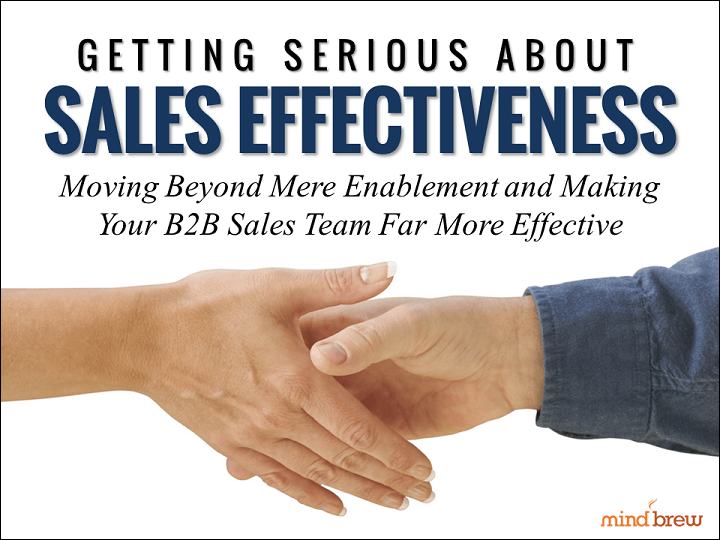These days, inbound marketing is all the rage. You can’t look at a marketing trade publication without reading about the importance of websites, blogs, social media and search engine optimization (SEO)/search engine marketing (SEM). Advocates tout the facts that these methods have a low cost-per-acquisition, they’re customer-centric and, let’s face it, they’re just a lot more hip than old school marketing techniques like direct mail, outbound calling, media advertising and PR.
However, while inbound efforts definitely have their place, it’s possible to rely on them too much.
All of these passive marketing methods take the “if we build it, they will come” approach. But in the real world, it just doesn’t always work out that way.
In our interactions with B2B firms, we’ve seen three big problems that arise when companies tip the balance too far in favor of inbound marketing over outbound marketing.
First, their prospects might not be using social media the way marketers think they are. Sure, young people might be using Twitter and LinkedIn to research products, but in a lot of industries, your real target market might do more social networking on the golf course than on the Internet. These folks are researching products they way they always have—by downloading white papers and going to trade shows and talking with their buddies in the industry. If you’re just tweeting and blogging, you’re going to miss these opportunities.
Second, you can only generate so many leads with passive mechanisms. Contrast an inbound method like blogging with an outbound mechanism like advertising. If you increase the number of ads you run, you’ll generate more leads. In fact, you can probably predict how many more leads you’ll generate and determine ahead of time whether the additional advertising will result in positive ROI. But if you write more blog posts, you probably aren’t going to generate very many more leads, if any at all. Sure this passive mechanism has a lower cost-per-lead, but that’s not all that helpful if you can’t scale up your efforts.
Third, prospects who are coming to your website, reading your blog and following you on Twitter are likely already well into the buying process. They know they have a need for your products or services, and they’ve probably already done a fair bit of research before you even know they exist. But inbound marketing isn’t very good at capturing the attention of prospects who don’t yet understand that they need what you have to offer. Statistically, the earlier in the buying cycle that you can engage with prospects, the more likely you are to win the business. With leads who find you, you are missing out on a lot of opportunity to cultivate and nurture those leads into an eventual sale.
Of course, doing some passive marketing is a very good idea. If you don’t have a website in this day and age, you simply won’t be taken seriously.
But don’t buy into the hype about inbound marketing to the extent that you ignore the more disruptive outbound methods of lead generation. These methods have been around for a long time for a simple reason—they actually work. And companies that eliminate them from their marketing mix do so at their own peril.
Over-reliance on inbound marketing isn’t the only potential trap that B2B marketers can fall into. In the webinar Avoiding Costly Mistakes in B2B Lead Generation, you’ll learn six tactics that can help you avoid the most common errors and make your lead gen efforts more productive.







